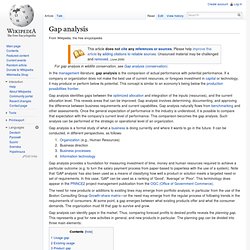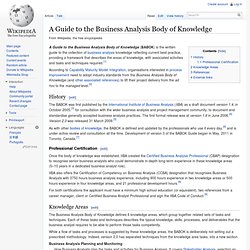

Decision Making: A Guide to Smarter Decisions and Reducing Errors. Few things will change your trajectory in life or business as much as learning to make effective decisions. The decision-making principles in this article aren’t pulled out of thin air. They’re the result of many years of experience and experimentation. They draw upon the combined expertise of some of history’s deepest thinkers. They summarize the core insights and skills from influential books on decision-making. In this guide, we’ll cover: Ready? No one Taught you How to Decide I started working at an intelligence agency on August 28, 2001. My computer science degree lost its value after a few promotions. Just out of school, I found that my decisions affected not only my employees but their families. There is no class called “decision making.” Most of us operate like a carpenter with only a hammer.
To fill my mental toolbox, I looked around my organization and found some mentors. Thanks to the internet, I was no longer limited to the best teachers in my organization or university.
Software. Requirements. Meta-analysis. Gap analysis. Gap analysis identifies gaps between the optimized allocation and integration of the inputs (resources), and the current allocation level.

This reveals areas that can be improved. Gap analysis involves determining, documenting, and approving the difference between business requirements and current capabilities. Gap analysis naturally flows from benchmarking and other assessments. Once the general expectation of performance in the industry is understood, it is possible to compare that expectation with the company's current level of performance. This comparison becomes the gap analysis. Gap analysis is a formal study of what a business is doing currently and where it wants to go in the future. Gap analysis provides a foundation for measuring investment of time, money and human resources required to achieve a particular outcome (e.g. to turn the salary payment process from paper-based to paperless with the use of a system). Gap analysis can identify gaps in the market. Usage gap[edit] A Guide to the Business Analysis Body of Knowledge - Wikipedia,
A Guide to the Business Analysis Body of Knowledge (BABOK) is the written guide to the collection of business analysis knowledge reflecting current best practice, providing a framework that describes the areas of knowledge, with associated activities and tasks and techniques required.[1] According to Capability Maturity Model Integration, organisations interested in process improvement need to adopt industry standards from the Business Analysis Body of Knowledge (and other associated references) to lift their project delivery from the ad hoc to the managed level.[2] History[edit] The BABOK was first published by the International Institute of Business Analysis (IIBA) as a draft document version 1.4, in October 2005,[3] for consultation with the wider business analysis and project management community, to document and standardise generally accepted business analysis practices.

The first formal release was at version 1.6 in June 2006.[4] Version 2.0 was released 31 March 2009.[5] Elicitation. Financial Accounting Standards Research Initiative. 10 Basic Laws of Technical Analysis. Print This Post Subscribe to Newsletter John Murphy, an extremely old expert in the technical analysis market, has drawn upon his thirty years of experience in the field to develop ten basic laws of technical trading: These rules that are designed for a layman as well as an expert. Both of them can use it for their own advantage and reasoning. They include definitions for conceptual clarity as well as identification of opportunities. The following are Mr. 1. Study long-term charts. 2. Determine the trend and follow it. 3. Find support and resistance levels. 4. Measure percentage retracements. 5.
Draw trend lines. 6. Follow moving averages.